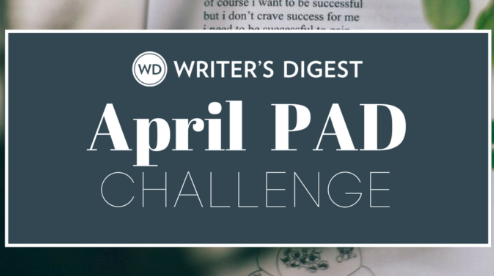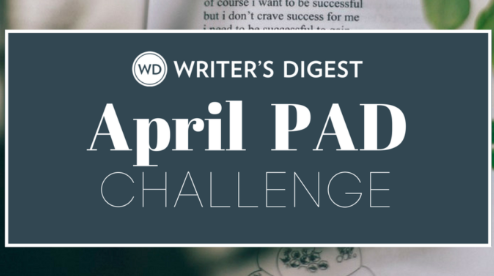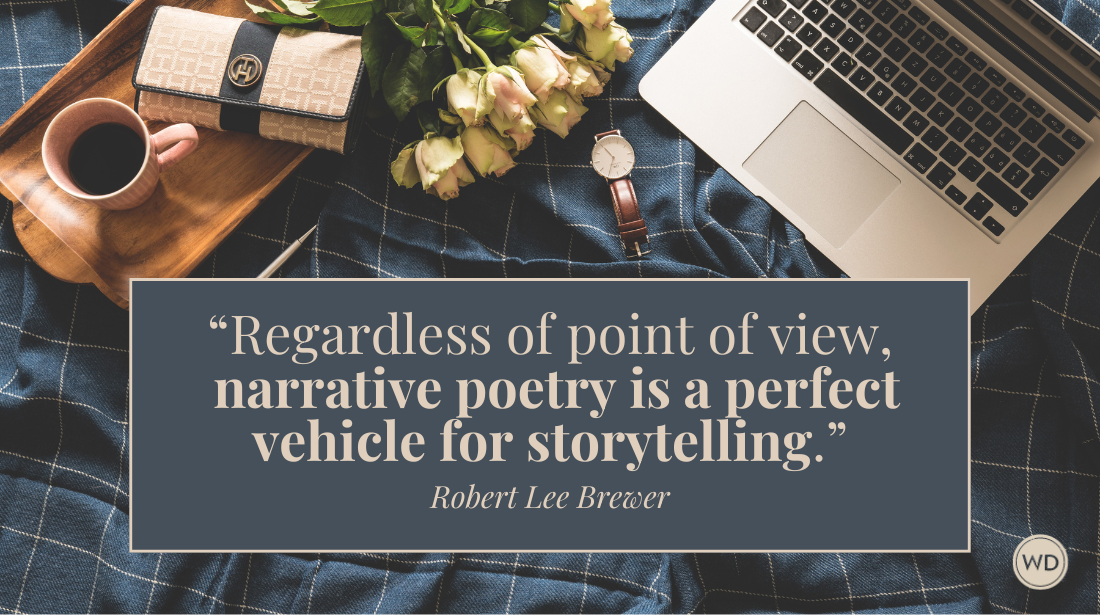Double Exposure: Poetic Forms
Poetic Form Fridays are made to share various poetic forms. This week, we look at the double exposure, a form introduced by Greg Williamson.
For this week's poetic form, we're going to look at the double exposure, a form I found hidden in The Poetry Dictionary, by John Drury. In his entry on invented forms and stanzas, he shares a form introduced by Greg Williamson called the double exposure, which looks like a lot of fun.
Here are the guidelines for the double exposure:
- Poem comprised of 12 to 16 lines
- Iambic pentameter (or 10 syllables)
- Rhyme scheme (if 16 lines in parens): ababcdcdefef(ghgh)
- Odd lines are bold and aligned to the right side of the page
- Even lines are not bold and left aligned
- Odd lines make a poem, even lines make a poem, and placed together it makes for an interesting "double exposure" in which one poem is on top of another
- Title is usually two lines indicating the different poems and/or voices
*****
Play with poetic forms!
Poetic forms are fun poetic games, and this digital guide collects more than 100 poetic forms, including more established poetic forms (like sestinas and sonnets) and newer invented forms (like golden shovels and fibs).
*****
Here's my attempt at a double exposure poem:
(Note: I admit I don't know how to format this poem on this site. So I took this screenshot above of an attempt I made in Word.)
Robert Lee Brewer is Senior Editor of Writer's Digest, which includes managing the content on WritersDigest.com and programming virtual conferences. He's the author of 40 Plot Twist Prompts for Writers: Writing Ideas for Bending Stories in New Directions, The Complete Guide of Poetic Forms: 100+ Poetic Form Definitions and Examples for Poets, Poem-a-Day: 365 Poetry Writing Prompts for a Year of Poeming, and more. Also, he's the editor of Writer's Market, Poet's Market, and Guide to Literary Agents. Follow him on Twitter @robertleebrewer.





